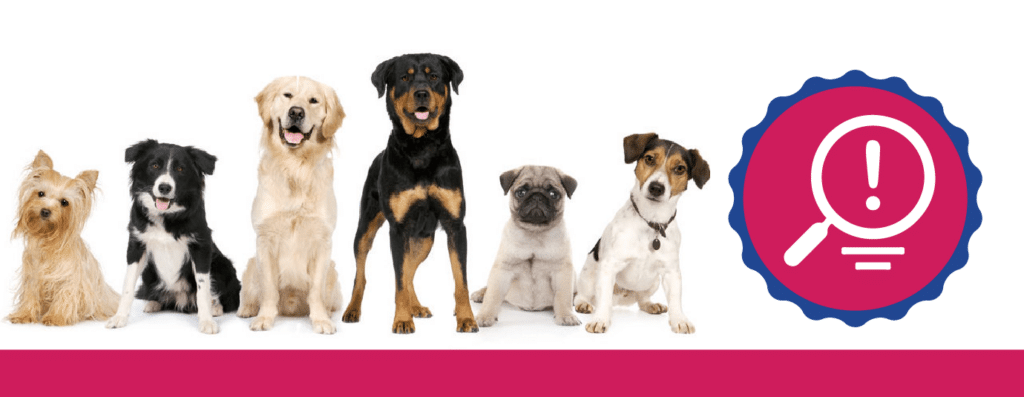In an ideal world, every workplace would have the best colleagues ever. We\’re talking about the furry, four-legged kind. Research going back to the 1980s supports the idea that having dogs around reduces stress in humans. Even Harvard Medical School has their own therapy dog named Cooper.
Various studies show pets lower stress hormones and workplaces have higher morale and productivity and when a dog is around.
Many employers are catching onto the beneficial trend. A recent study showed that now seven percent of employers allow pets to come to work. That\’s a five percent jump from six years ago. The study was conducted by the Society of Human Resource Management and now companies like Banfield Pet Hospital and Purina have successfully adopted pets-at-work programs.
If a company or small business wants to implement a pets-at-work program, everyone needs to be on board. If done right, having your dog alongside you at work can buffer the impact of stress and make your job more satisfying. Dogs can do amazing things for company culture.
Tips for a Successful Pets-At-Work
- Management Agrees
Just as with everything, changes need to happen starting at the top. If your manager or boss is on board this makes any resistance much easier to cope with. This will also help to discern whether a pets-at-work program is appropriate for your workplace culture. Allergies and personalities need to be taken into account.
- Established Rules & Guidelines
Many pets-at-work programs use a color-coded leash system. For example, green leashes mean \’super friendly\’ while yellow means you should ask the owner first. Management also needs to keep documentation of veterinary records and which kind of pets are good to come in. Having a pet-free area and easy access to places where animals can do their business are very important.
- Paperwork
An official authorization and release form needs to be signed by all employees. This will work as a company waiver.
- Maintenance
Make sure your maintenance workers have the proper materials to be able to clean up if any accidents happen. Keeping the workplace hygienic should be a priority.
- Adapt Facilities
Make sure that your workplace is a healthy environment for animals to be in. There should be easy access to an outdoor area and plenty of room for both humans and dogs.



